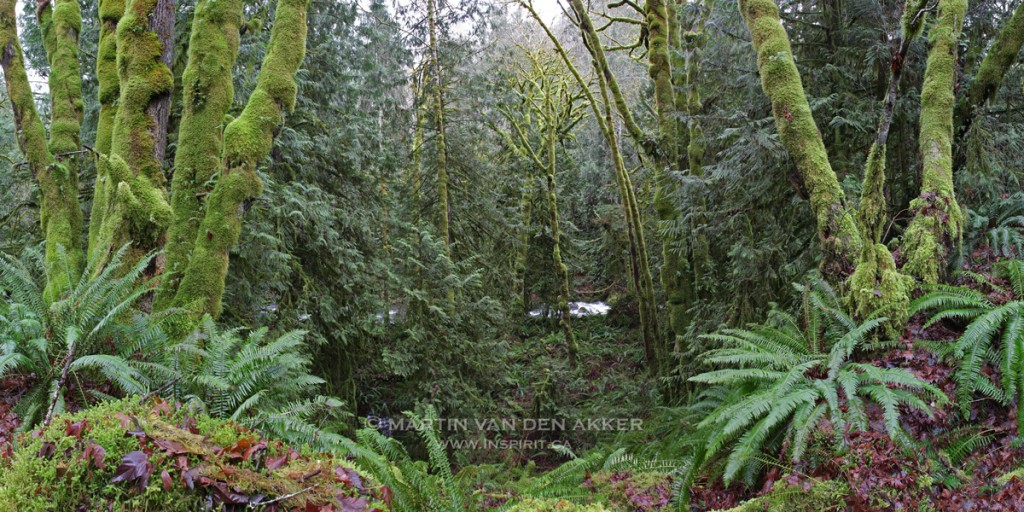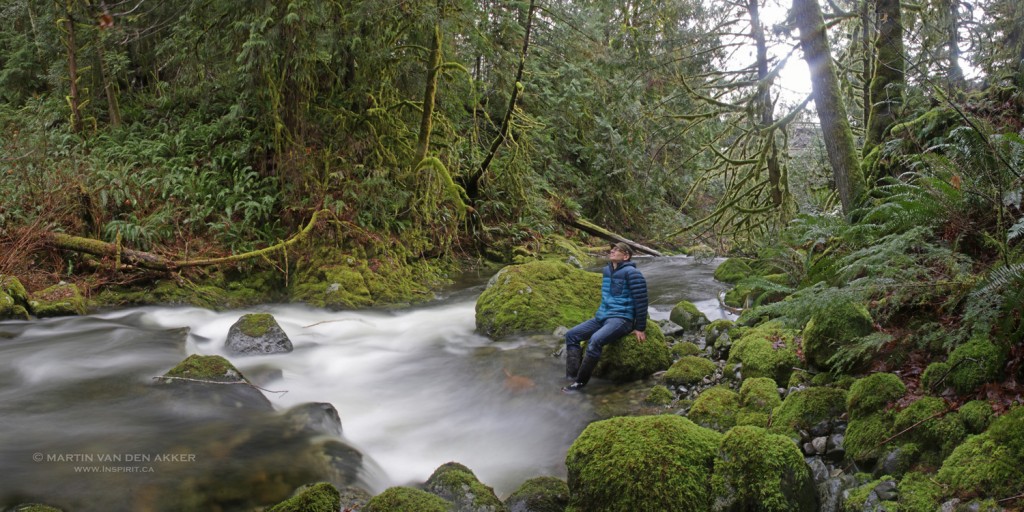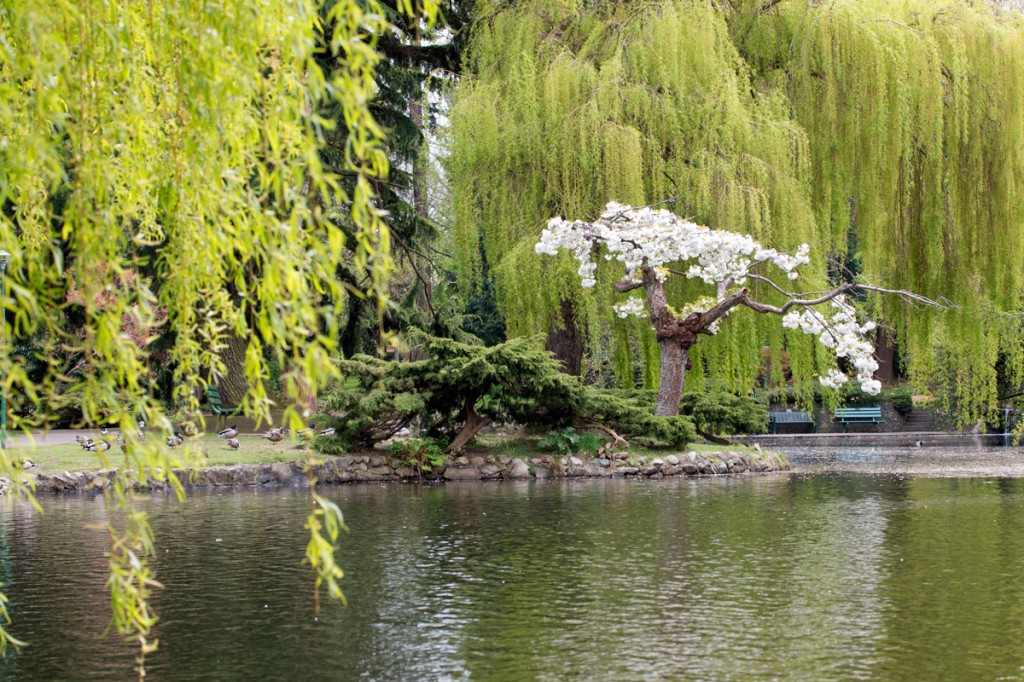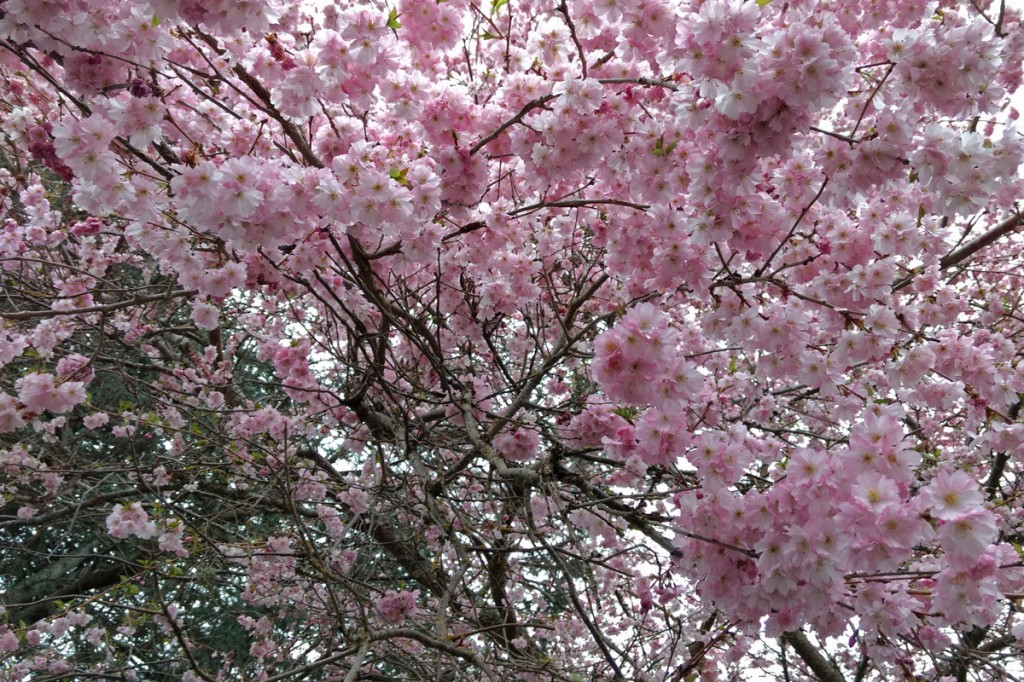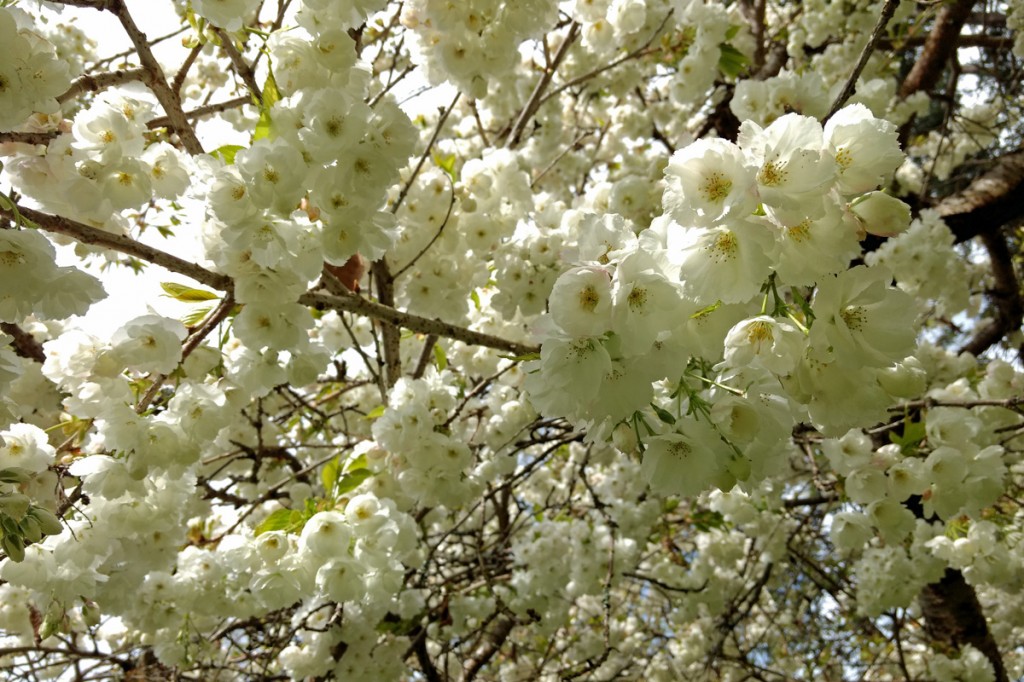After a half year of making and selling art, this winter I’ve spent a lot of time resting and writing. Writing usually happens inside with a warm beverage by my side. This last year I didn’t spend as much time with my camera as I used to. Inspiration was temporarily elsewhere. Every now and then this awareness causes me to pick up my photo gear and find a quiet, easy to reach place in the midst of nature. Aiming to spend a day among lichens, mosses and big trees, I decided to make a little day trip to Sooke on the wild West Coast. The small town of Sooke lies only a quick 40-minute drive west from our current home in Victoria, which makes for a easy outing for just an afternoon.
Victoria offers a relatively mild micro-climate with a manageable amount of rain and pretty much no frost or snow, one of the reasons a lot of Canadians want to retire here. Travel in any direction from Victoria and you’ll find more rain. Driving to Sooke, the road to winds through forest and rocky outcrops to a south-western exposed coastal landscape, slightly wetter and greener than Victoria. Still both Sooke and Victoria lie in the rain shadow of the US’s Olympic Mountains. Drive north from Sooke along the coast to Port Renfrew or visit the popular tourist destination of Tofino and the annual rainfall triples to approximate 3500mm. That’s wet enough for inhabitants to feel like they permanently live in a gray low-ceiling basement suite, and wet enough for trees to grow to gigantic proportions.
I had been longing to spend some time in nature, not the kind you find in a manicured city park or on a shoreline trail with hundreds of other enthusiasts. I aimed to be in the wilderness, alone, if only for a few hours. I was searching for a place untouched by humans, where only wildlife leaves prints in the mud. I had an idea where I might find this place of natural chaos and splendour, where I could feel the moisture on my skin, smell the forest and hear nothing but rushing water.
I decided to head to the Salmon Interpretive Centre along Charters Creek in Sooke, one of the well known salmon spawning creeks in the area. Charter’s creek offers an easy to reach viewpoint for people looking to watch spawning salmon during some 6-8 weeks of the year the salmon fight against the currents of the creek. While Charters creek can be considered a Coho and Chinook bearing creek, the two large species are outnumbered by the thousands of Chum salmon. In October and November the Chums make their way from the ocean, via the Sooke River to their spawning grounds to complete their life cycle.
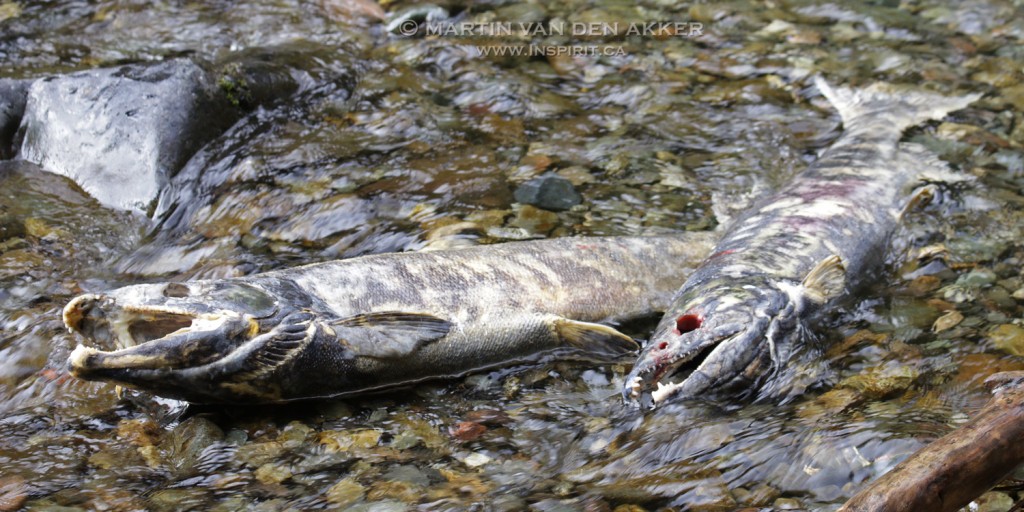
I parked the car, walked upstream to get away from the other vehicles. As can be expected along a salmon bearing creek I encountered several “bear in area” warning signs. I reached back into the side pocket of my backpack to find my expired bear spray can and hopped semi-confidently into the dense undergrowth a mile upstream from the visitor centre.
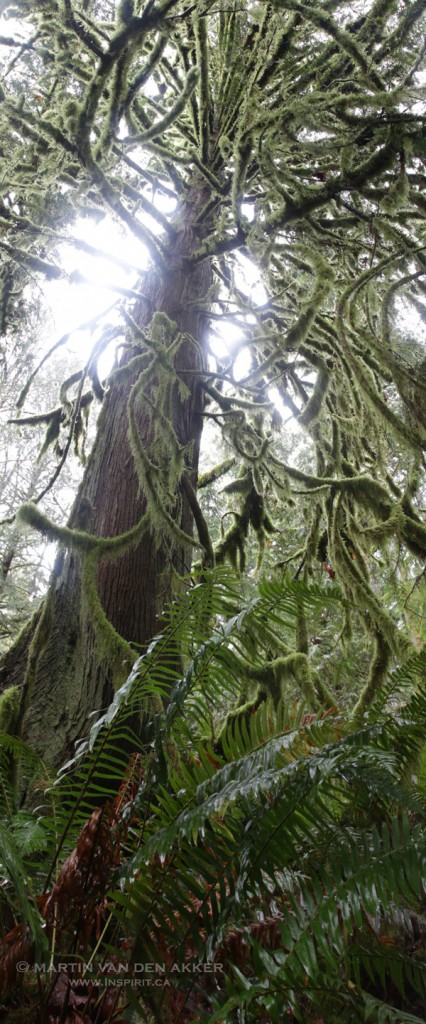
Three steps from the walking trail the terrain turned inhospitable and dense. Slippery logs and moss-covered rocks alternated patches of sword ferns. For a hundred meters the slope dropped steeply to the rushing creek. Last year’s Summer and Fall had been incredibly warm and dry, leaving salmon in the low-flowing Sooke River to wait for the rain that would provide a lifeline to their spawning grounds. Time was not on their side this last November. Harassed constantly by gulls pecking at their backs and heads, I had watched semi-decomposed salmon waiting for the rain that didn’t come.
In December and January the weather gods decided to play catch up. Even in sunny Victoria the rain seemed to linger forever. Creeks rushed with strength and determination, overflowing some banks and temporarily inundating local roads. Today, the clouds still looks threatening but rain has temporarily stopped. The environment is saturated with moisture. Water drops hang from the tips of cedar branches and fern leaves by the thousands. Millions of tiny dew drops crowd the mossy rocks. A mystical mist drapes the tall cedars high on the river valley slopes.
Wearing rubber boots seems a safe option to navigate this wet environment. However, the smooth soles of the boots don’t offer much grip on the slippery sphagnum moss. It isn’t long before one foot slides off a log and pokes through the webbed floor of roots and rotting logs. I take my first ungracious tumble down the slope. “Ouch, this could be interesting”, I mumble to myself. As expected, this environment is not forgiving. Accidents are easy to come by, a realization quickly prompting me to text Gina about my whereabouts before I lose cell phone reception in the narrow valley.
I wrestle my way down to the riverbed, slapped in the face by fresh wet cedar branches and water logged lichens. My jeans quickly saturate with water upon touching the environment. I am used to falling. On many occasions I have slipped and tumbled as I ventured off the beaten path for just a few hours, bruising my body and ego, shoving the dirt further underneath my nails. Damaging photo equipment has become my signature move with plenty of camera gear already lost to rivers, creeks and rocky slopes. Yet the unexplored wilderness, even a few minutes from the road always holds a lure to great to resist. Like the beachcomber hoping for a treasure under the next log, I always submit to the curiosity with a calculated risk.
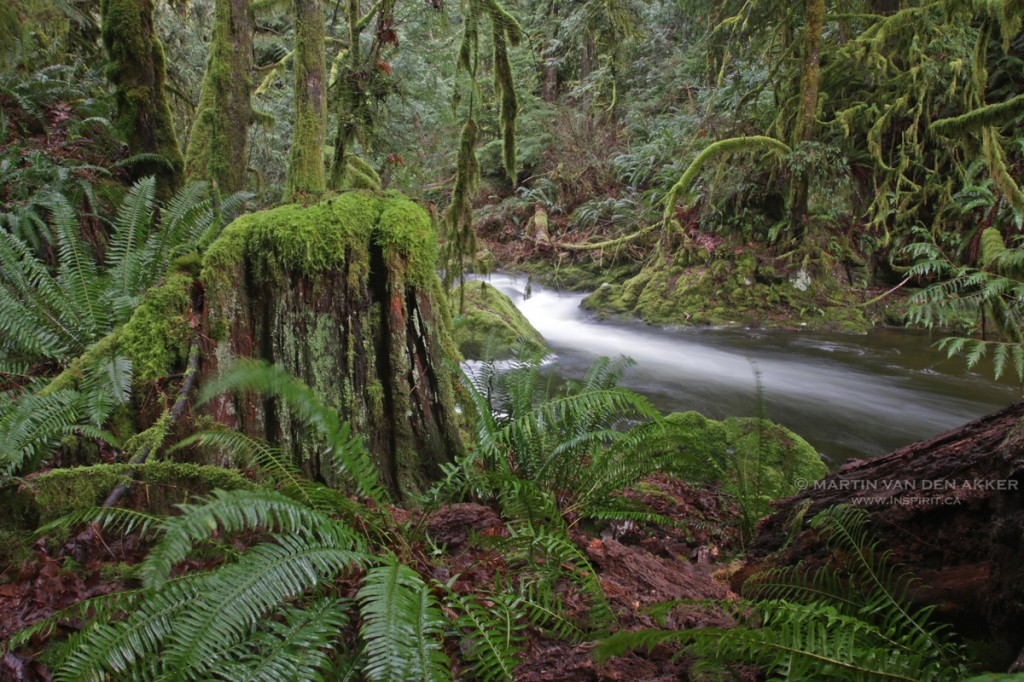
Using my tripod as a cane and leaving my photo gear in my padded pack, I reach the deafening rush of the creek where the view opens. The water runs swiftly over a rocky creek bed, colouring the creek in patches of white. The water-saturated air has turned the river valley into a bright green oasis of moss, lichens and ferns. Fierce trees are wrapped up to their neck in a green moss sweater as if to protect themselves from permanent exposure to the watery mist.

In the next few hours I take many long exposure photos. To take long exposure shots, photographers typically use a neutral density filter which basically dresses the lens in some sunglasses, reducing the amount of light coming into the lens and onto the sensor. It allows for the shutter to stay open longer and catch movement in the water or sky. Here in the valley the light today is dim enough to work without the filter. In the long exposed photographs the turbulent river water changes into a milky silk ribbon. The soft romantic feel of the photos always appeals to me. Letting the camera do its job allows me to lift up my head and take in the environment, something so many of us picture takers, including myself, forget from time to time. I sit on a few moss-covered rocks to pose for a self-portrait which soaks my pants even further. I observe the towering trees, dangling my rubber boots childlike in the creek. This really is a magical environment, unforgiving and wild. No wonder bears and salmon like it here. At ease and lost in my right side brain, I slowly putter away with my camera gear, taking in all details of the surroundings. All other aspects of life die for a while. Like the river, everything flows momentarily, which is fairly uncommon for me these days, yet a good reminder of where I find my energy.
I venture a bit further downstream to find a different viewpoint. As I stumble passed a large protruding rock, I discover a large black hole under the rock. “Perfect for a wild animal to take shelter in”, my left brain thinks. In the mud nearby I find some paw prints of a bear, perhaps a resident and passerby from days ago. My curiosity requests a look inside the hole, yet my heart rate has involuntarily already jumped. My walking pace doubles. Suddenly, I find myself hastening over slippery rocks and through unforgiving undergrowth, sliding, wobbling, losing my balance, twisting my ankles and knees into awkward positions. Some thirty meters downstream I slow the pace, returning to a more present view of the situation. “What are you doing?”, I ask myself out loud. “Did you actually see a bear?” “No, I did not.” “Why then, after almost 20 years of living around bears, do you still run like a chicken?” It was a good question to reflect on for a moment. “Well you started it!”, my cognitive brain, now addressed my reptilian brain in an effort to make sense of the instinctive reaction I had experienced a few times before.
The anticipation of a very close encounter with a bear had always been ten times more stressful than the real life close encounters I had experienced over the years. Some of them were even rather uneventful as the bears often minded their own business or took off running at the sight of an unexpected visitor. While the worst stories do the rounds in books, on social media, encounters with bears are seldom frightening or life threatening. The problem is, in my mind they usually are.
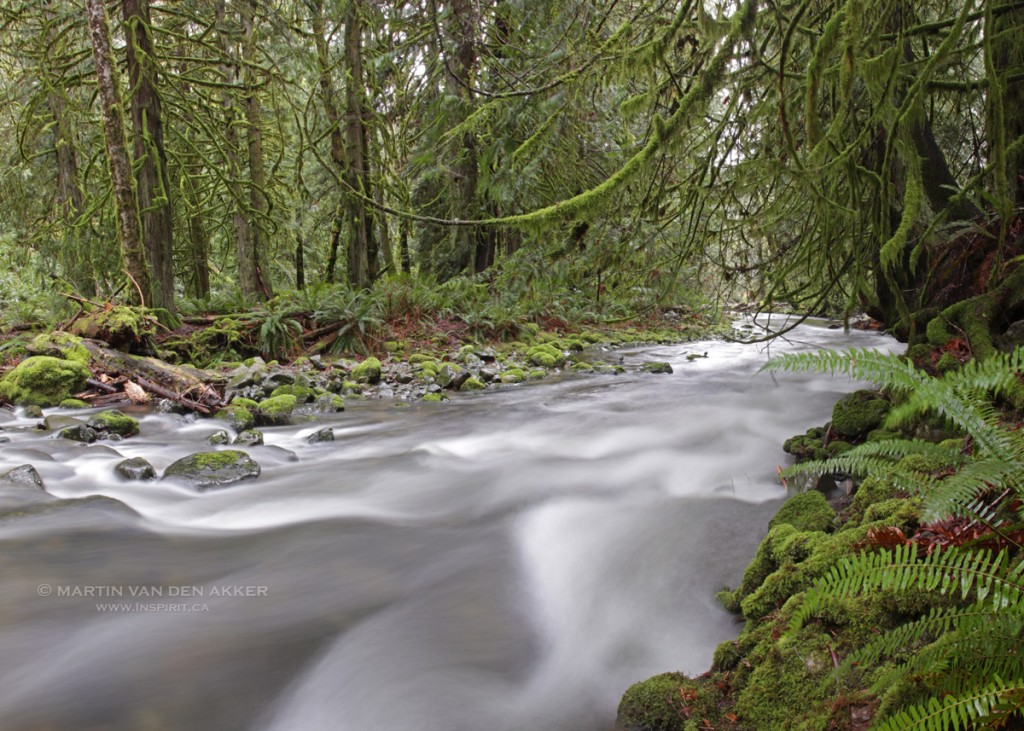
As I set up my tripod in the creek I drift off thinking of photographers who are willing to wait for hours or days for animals to show up. The best of them manage to take great photos blending into the environment without disturbing the wildlife. It is an art form I appreciate and envy, but I don’t know if I have the patience for it. I have learned about myself that I’m a slow but constant wanderer, a treasure hunter. While appearing calm on the outside, restlessness drives me on. I search for little treasures in the form of photo-compositions rather than wait endlessly for a treasure to show up. That’s no doubt why I often struggle with committing to a meditation and mindfulness routine. That’s why I like beachcombing and garage sale shopping. “And that’s why..”, I conclude, “I will keep wandering, sliding and tripping along this beautiful creek”.





